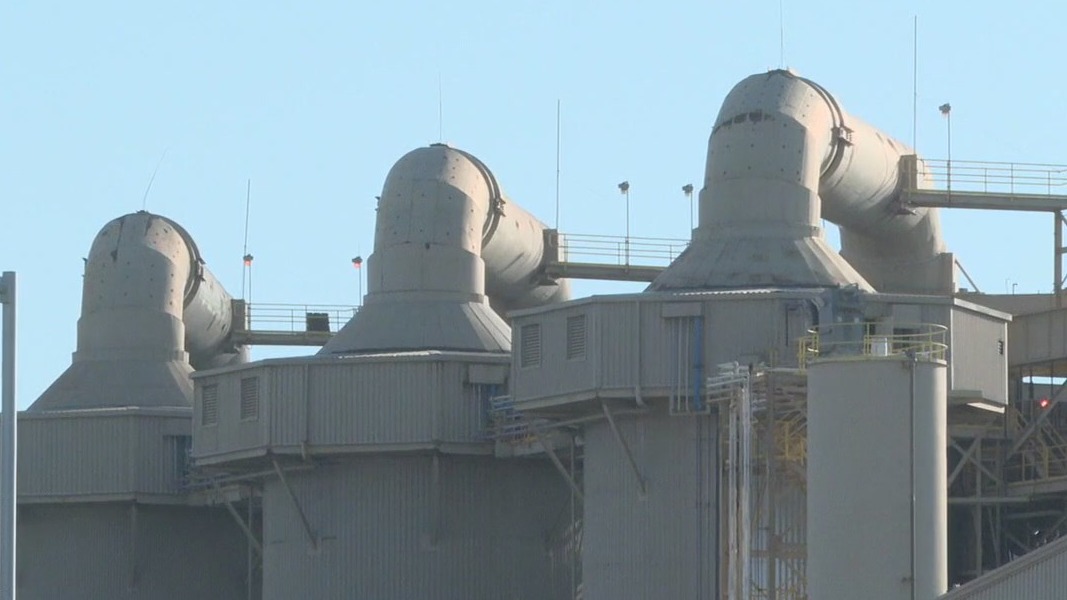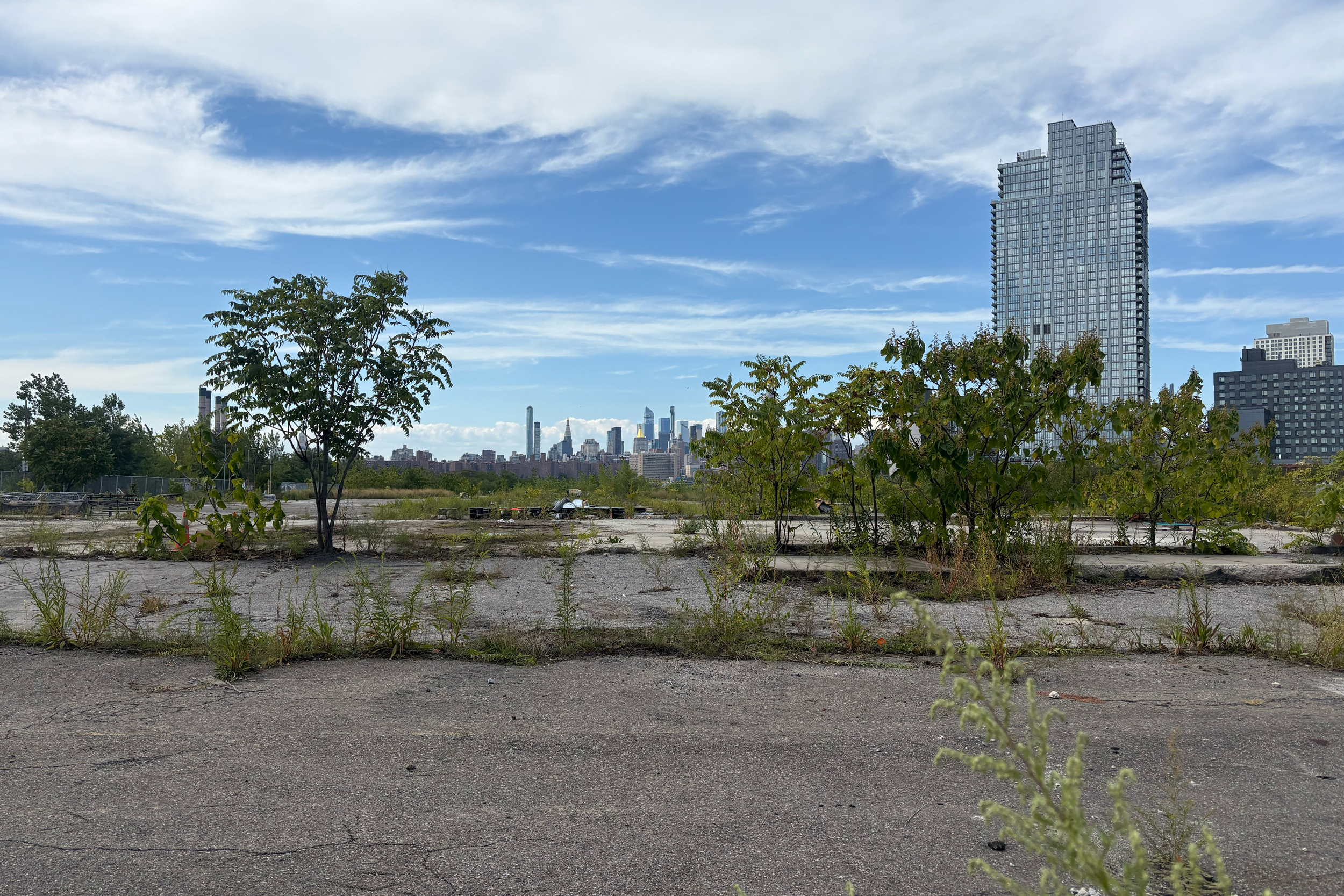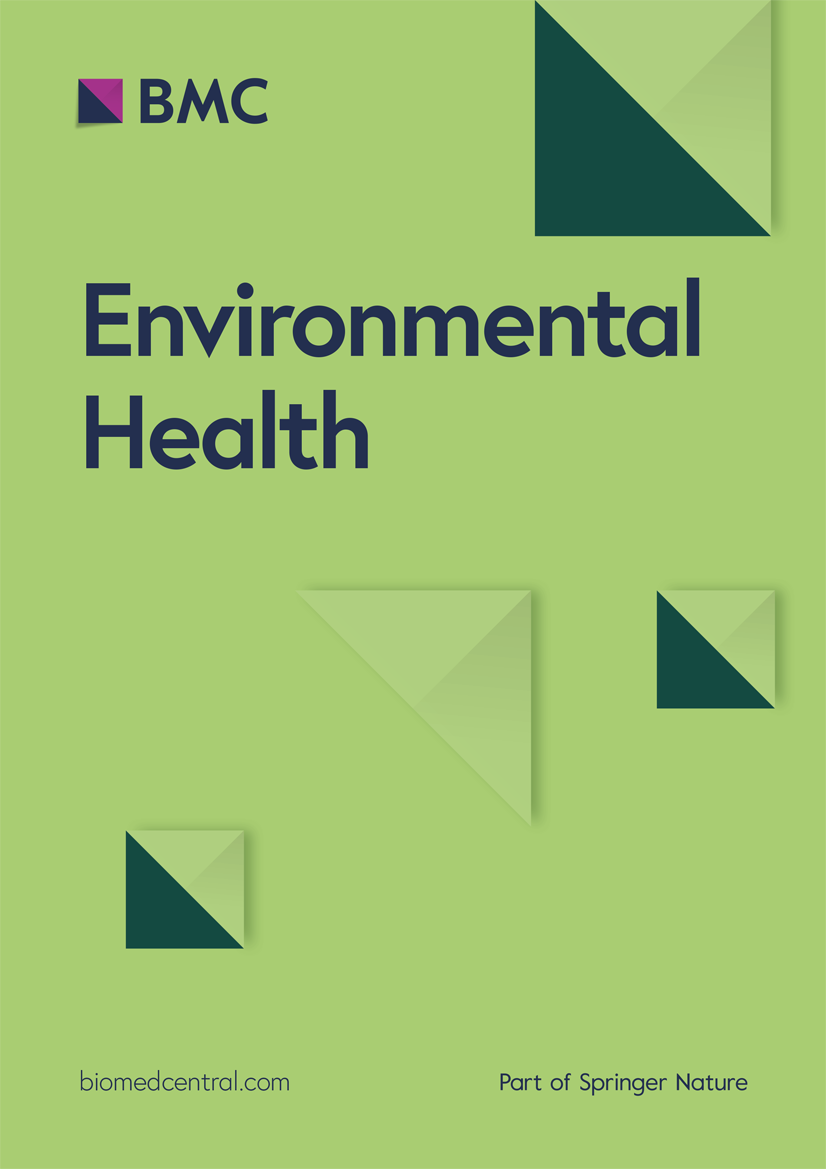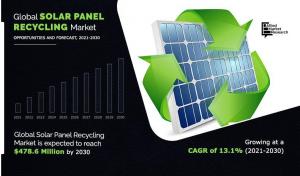Report on Pinellas County’s Waste-to-Energy Facility and Sustainable Development Goals
1.0 Overview of the Pinellas County Waste Management Conflict
A conflict has emerged in Pinellas County, Florida, concerning its Waste-to-Energy (WTE) facility. Environmental organizations are advocating for its closure, citing risks to public health and the environment. Conversely, county officials maintain the facility is a critical component of their long-term strategy for sustainable waste management, directly impacting several United Nations Sustainable Development Goals (SDGs).
2.0 Environmental and Public Health Concerns
Environmental advocates have raised significant concerns regarding the WTE facility’s impact on community health and urban sustainability. These concerns challenge the facility’s contribution to key SDGs.
- SDG 3: Good Health and Well-being: Critics, including the Energy Justice Network, assert that the incineration process releases air pollutants that can contribute to adverse health outcomes such as asthma, cancer, and heart attacks. Specific concerns have been raised about mercury emissions.
- SDG 11: Sustainable Cities and Communities: At 42 years old, the Pinellas facility is one of the oldest in the state. Activists point to a 2023 fire at a similar incinerator in Miami-Dade as evidence of the potential safety risks posed by aging infrastructure in densely populated urban areas.
- SDG 12: Responsible Consumption and Production: The incineration process converts approximately 100 tons of waste into 30 tons of toxic ash, which still requires landfilling, posing a long-term environmental management challenge that complicates sustainable production cycles.
3.0 County’s Strategy for Sustainable Waste Management
Pinellas County officials defend the WTE facility as an essential tool for achieving sustainable urban development and responsible waste management, in line with their long-term vision.
- Alignment with SDG 11 (Sustainable Cities and Communities): As Florida’s most densely populated county with limited land, extending the life of its single landfill is a primary objective. The WTE facility reduces incoming garbage volume by up to 90%, projecting the landfill’s viability for approximately 72 more years.
- Commitment to SDG 12 (Responsible Consumption and Production): The facility is central to the county’s goal of achieving zero waste to landfill by 2050, a key target related to responsible production and consumption patterns.
- Infrastructure Modernization: The county has invested $242 million in facility upgrades, including state-of-the-art technology, to extend its operational life by over 25 years and ensure it operates safely and in compliance with environmental standards.
4.0 Climate and Energy Implications
The debate also encompasses the facility’s role in energy production and climate change mitigation, highlighting differing interpretations of its environmental impact in relation to global goals.
- SDG 13: Climate Action: The county argues that by diverting waste from the landfill, the WTE facility significantly reduces methane emissions. Methane is a greenhouse gas 28 times more potent than carbon dioxide, making its reduction a critical climate action. Officials state the facility operates in full compliance with federal and state air emission standards.
- SDG 7: Affordable and Clean Energy: The facility’s classification as a “waste-to-energy” plant positions it within the energy generation sector. However, environmental groups contest its “clean” energy credentials due to the air pollutants and toxic byproducts generated.
5.0 Conclusion and Future Outlook
The opposing viewpoints present two distinct futures for waste management in the region, each with different implications for achieving the Sustainable Development Goals.
- Advocates’ Proposal: Environmental groups propose phasing out the WTE facility in favor of “responsible landfilling” and other waste reduction strategies to better align with SDG 3 and SDG 12.
- County’s Commitment: Pinellas County plans to continue operating the WTE facility, focusing on improving its efficiency and safety while promoting waste reduction initiatives to advance its goals related to SDG 11 and SDG 13.
Analysis of Sustainable Development Goals in the Article
1. Which SDGs are addressed or connected to the issues highlighted in the article?
-
SDG 3: Good Health and Well-being
- The article directly connects the waste-to-energy plant’s emissions to public health risks. Environmental groups claim that the air pollution from burning trash “can cause asthma, cancers, and heart attacks.” The specific mention of “mercury pollution” further emphasizes the health concerns associated with the facility’s operations.
-
SDG 7: Affordable and Clean Energy
- The facility is described as a “waste-to-energy (WTE) plant,” indicating its dual purpose of waste management and energy generation. While the “clean” aspect is debated by environmental groups, the plant’s function as an energy source connects it to this goal.
-
SDG 9: Industry, Innovation, and Infrastructure
- The article discusses the physical infrastructure of the plant, noting its age (“42 years”) and a recent “$242 million” investment to upgrade it with “state-of-the-art technology” to extend its operational life. This highlights issues of developing and maintaining resilient and sustainable infrastructure.
-
SDG 11: Sustainable Cities and Communities
- The core issue is municipal waste management in Pinellas County, “the most densely populated county in Florida.” The article discusses the county’s strategy for handling its trash, managing its landfill, and dealing with the environmental impact on the community, which are central themes of SDG 11.
-
SDG 12: Responsible Consumption and Production
- This goal is relevant through the focus on waste management. The article details the county’s efforts to manage waste post-consumption, with the WTE facility reducing garbage volume by 90%. The county’s vision to “reach zero waste to landfill by 2050” directly relates to sustainable production and consumption patterns and waste reduction.
-
SDG 13: Climate Action
- The article presents a climate-related argument for the WTE facility. County officials state that by diverting waste from landfills, the plant reduces “methane pollution,” which is described as “28 times more potent as a greenhouse gas as compared to carbon dioxide.” This frames the incineration process as a strategy to mitigate climate change, connecting the issue to SDG 13.
2. What specific targets under those SDGs can be identified based on the article’s content?
-
Target 3.9: By 2030, substantially reduce the number of deaths and illnesses from hazardous chemicals and air, water and soil pollution and contamination.
- This target is directly addressed by environmentalists’ concerns that “air pollution that can cause asthma, cancers, and heart attacks” and specific pollutants like mercury are being released by the plant.
-
Target 7.2: By 2030, increase substantially the share of renewable energy in the global energy mix.
- The facility is a “waste-to-energy” plant, which is often categorized as a source of renewable energy. The county’s reliance on it as an essential part of its infrastructure implies its role in the local energy mix.
-
Target 9.1: Develop quality, reliable, sustainable and resilient infrastructure… to support economic development and human well-being.
- The discussion about the plant’s age (42 years), safety concerns (referencing a fire at a similar plant), and the recent “$242 million” investment to “extend the facility’s operational life by more than 25 years” all relate to the quality, reliability, and resilience of this critical infrastructure.
-
Target 11.6: By 2030, reduce the adverse per capita environmental impact of cities, including by paying special attention to air quality and municipal and other waste management.
- The entire article revolves around this target, focusing on how Pinellas County manages its municipal waste and the resulting impact on air quality. The county’s goal of “zero waste to landfill by 2050” is a clear strategy aimed at reducing the city’s environmental impact.
-
Target 12.5: By 2030, substantially reduce waste generation through prevention, reduction, recycling and reuse.
- The WTE plant is the county’s primary method for waste reduction, decreasing “incoming garbage volumes by as much as 90%.” The debate between this method and “responsible landfilling” is a discussion about the most effective way to manage and reduce the final volume of waste.
-
Target 13.2: Integrate climate change measures into national policies, strategies and planning.
- The county’s justification for the WTE plant as a tool for “reducing methane pollution” from landfills demonstrates the integration of climate change considerations into local waste management strategy and planning.
3. Are there any indicators mentioned or implied in the article that can be used to measure progress towards the identified targets?
-
Air Pollutant Emissions Levels:
- The article explicitly mentions “mercury pollution” and references a “Florida Department of Environmental Protection graph” that tracks these emissions. The county’s statement that the facility is “100% in compliance with and below air emission standards” and uses a “Continuous Emissions Monitoring System (CEMS) that tracks air emissions by the minute” points to a direct indicator for air quality (Targets 3.9 and 11.6).
-
Waste Reduction Volume/Percentage:
- The statement that the facility reduces “incoming garbage volumes by as much as 90%” is a quantifiable indicator of waste management efficiency. The amount of toxic ash produced (“30 tons of toxic ash” for every 100 tons of trash) is another indicator of the waste management process’s byproducts (Targets 11.6 and 12.5).
-
Landfill Lifespan:
- The county states its only landfill has a remaining life of “about 72 years,” which is extended by the WTE facility. The change in the projected lifespan of the landfill serves as an indicator of the effectiveness of its waste management strategy (Targets 11.6 and 12.5).
-
Investment in Infrastructure:
- The “$242 million” invested to upgrade the facility is a clear financial indicator of efforts to maintain and improve infrastructure resilience and safety (Target 9.1).
-
Greenhouse Gas Emissions Reduction:
- The reduction of methane emissions is an implied indicator for climate action (Target 13.2). The county’s argument relies on the fact that methane is “28 times more potent” than CO2, suggesting that the net effect of the plant is a reduction in greenhouse gas impact compared to landfilling.
4. Summary Table of SDGs, Targets, and Indicators
| SDGs | Targets | Indicators |
|---|---|---|
| SDG 3: Good Health and Well-being | 3.9: Reduce deaths and illnesses from hazardous chemicals and air pollution. | Levels of specific air pollutants (e.g., mercury emissions); Data from Continuous Emissions Monitoring System (CEMS). |
| SDG 7: Affordable and Clean Energy | 7.2: Increase the share of renewable energy. | Energy produced by the Waste-to-Energy facility as a share of the local energy mix (implied). |
| SDG 9: Industry, Innovation, and Infrastructure | 9.1: Develop quality, reliable, sustainable and resilient infrastructure. | Age of the facility (42 years); Amount of investment in upgrades ($242 million); Extension of operational life (25+ years). |
| SDG 11: Sustainable Cities and Communities | 11.6: Reduce the adverse per capita environmental impact of cities, focusing on air quality and waste management. | Percentage of municipal waste processed; Remaining landfill lifespan (72 years); Compliance with air emission standards. |
| SDG 12: Responsible Consumption and Production | 12.5: Substantially reduce waste generation. | Percentage reduction of incoming garbage volume (90%); Ratio of toxic ash produced from waste (30 tons per 100 tons). |
| SDG 13: Climate Action | 13.2: Integrate climate change measures into policies and planning. | Reduction in methane emissions from landfills (implied); Comparison of greenhouse gas potency (Methane vs. CO2). |
Source: fox13news.com







